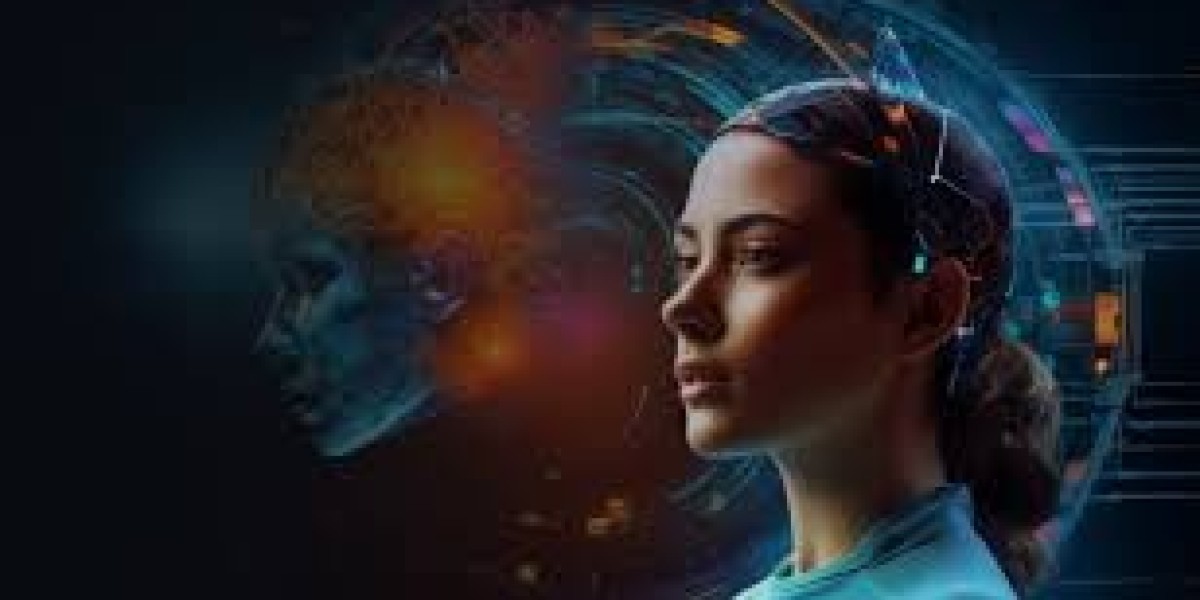Generative AI has rapidly evolved from an experimental concept to one of the most transformative forces in modern technology. Instead of simply analyzing data, generative AI creates — producing text, images, code, music, product ideas, workflows, and even simulations. This ability to generate new, original outputs is reshaping how businesses innovate, automate, and interact with digital systems.
But behind every impressive AI-generated result lies a deeper discipline: generative AI development services — the process of designing models, training datasets, building pipelines, and integrating tools that turn creativity into functionality.
Why Generative AI Development Matters Today?
Generative AI development isn’t just about building models; it’s about enabling organizations to solve problems in ways traditional software never could.
1. From Automation to Creativity
Traditional AI automates tasks; generative AI creates possibilities.
It can draft marketing content, generate product designs, simulate business scenarios, or create new data to train other AI models.
This unlocks speed, experimentation, and innovation at a scale that humans alone cannot match.
2. Supercharged Productivity Across Teams
Different departments are discovering how generative AI development enhances their day-to-day workflows:
Marketing: AI-generated ads, brand messaging, social content
Tech teams: Code generation, bug fixes, architecture suggestions
Business units: Automated reporting, insight summarization
Design: Image generation, concept art, UI layouts
The result is faster output and more time for strategic thinking.
3. Smarter, Adaptive User Experiences
Generative AI allows businesses to build systems that understand users and respond dynamically.
Chatbots can adapt tone, websites can personalize content, and internal tools can tailor recommendations based on behavior.
This creates digital experiences that feel more human and intuitive.
What Goes Into Generative AI Development?
Building generative systems requires a mix of technical expertise and creativity:
• Model selection and architecture
Choosing between transformer models, diffusion models, LLMs, or custom architectures based on the problem.
• Training and fine-tuning
Using domain-specific data to shape the AI’s style, accuracy, and output behavior.
• Safety, governance, and bias control
Making sure content generation is safe, ethical, compliant, and respects user guidelines.
• Integration and deployment
Embedding generative AI into apps, websites, internal tools, or workflows so teams can use it effortlessly.
• Continuous improvement
Monitoring real-world performance and improving outputs over time.
Generative AI development is not a one-time project — it’s an evolving system that grows alongside the organization.
Real-World Impact Across Industries
Generative AI development is already transforming major sectors:
Healthcare
Automated clinical summaries, medical report drafting, and synthetic training data.
Retail & E-commerce
Personalized product recommendations, AI-generated catalog descriptions, dynamic marketing content.
Manufacturing
Design simulations, predictive analysis, and rapid prototyping.
Finance
Fraud scenario generation, contract drafting, risk analysis summaries.
Education
AI tutoring, lesson plan generation, and interactive learning content.
Wherever content, decision-making, or creativity is involved — generative AI enhances it.
The Future of Generative AI Development
Generative AI is moving toward systems that can:
Understand multiple data types (text, images, video, audio, sensor data)
Reason across tasks rather than just generate content
Maintain long-term memory
Collaborate with humans as creative partners
Build structured workflows automatically
This next generation of development will create AI systems that don’t just respond — they initiate, predict, and innovate alongside us.
Final Thoughts
Generative AI development represents a new era in computing — one where machines can design, write, imagine, and collaborate. For businesses, it’s not just a technological shift but a strategic advantage. It opens the door to faster creativity, smarter automation, and completely new forms of digital intelligence.
Organizations that embrace generative AI development today will lead the next chapter of innovation tomorrow.







